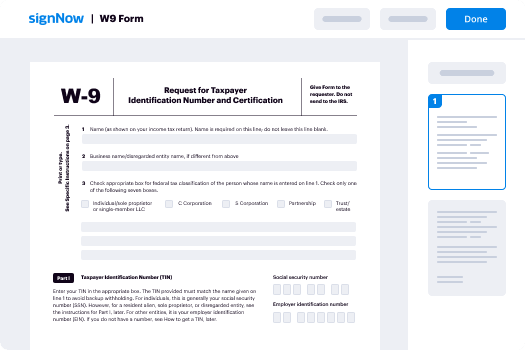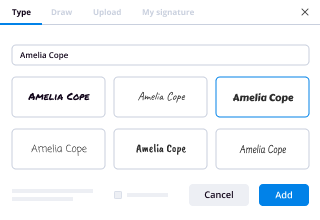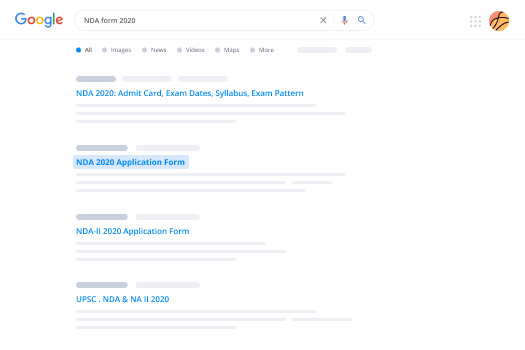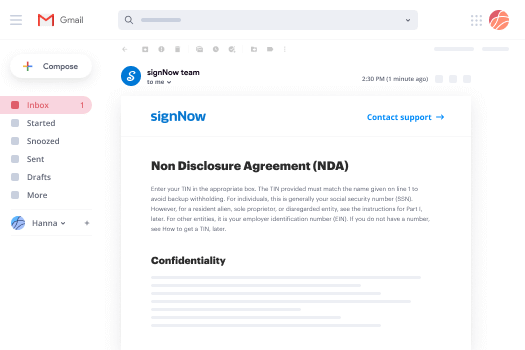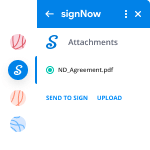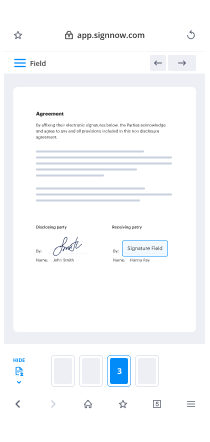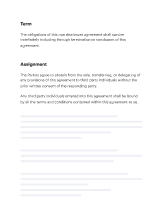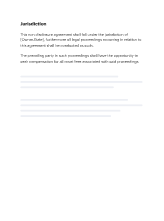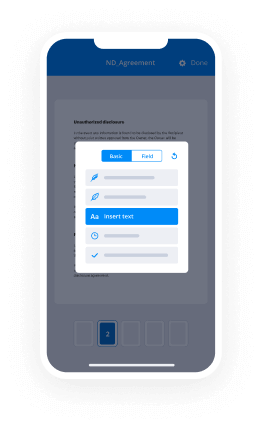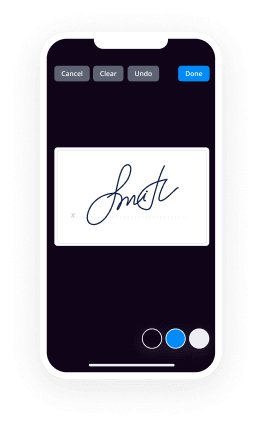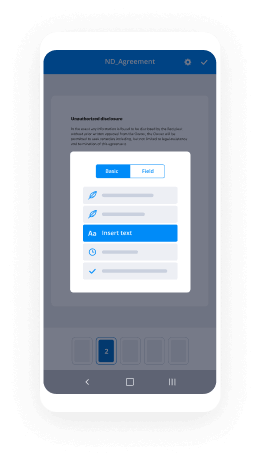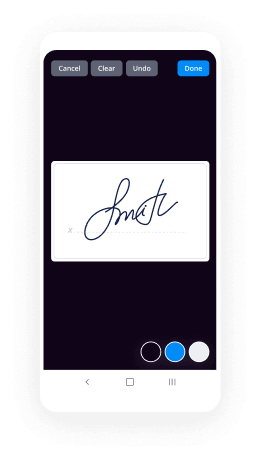Fill and Sign the Common Defenses to Product Liability Claims Form
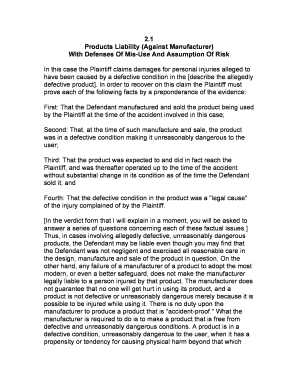
Practical advice for preparing your ‘Common Defenses To Product Liability Claims’ online
Are you fed up with the inconvenience of handling paperwork? Look no further than airSlate SignNow, the leading electronic signature platform for individuals and businesses. Bid farewell to the monotonous task of printing and scanning documents. With airSlate SignNow, you can easily complete and sign paperwork online. Utilize the extensive features embedded in this user-friendly and cost-effective platform and transform your method of managing paperwork. Whether you need to sanction forms or gather signatures, airSlate SignNow manages everything seamlessly, with just a few clicks.
Follow this step-by-step guide:
- Log into your account or initiate a free trial with our service.
- Click +Create to upload a file from your device, cloud storage, or our form library.
- Open your ‘Common Defenses To Product Liability Claims’ in the editor.
- Click Me (Fill Out Now) to prepare the document on your end.
- Add and designate fillable fields for other parties (if needed).
- Proceed with the Send Invite settings to solicit eSignatures from others.
- Download, print your version, or convert it into a reusable template.
Don’t fret if you need to collaborate with others on your Common Defenses To Product Liability Claims or send it for notarization—our solution provides everything necessary to achieve these tasks. Sign up with airSlate SignNow today and elevate your document management to a new level!
FAQs
-
What are some common defenses to product liability claims?
Common defenses to product liability claims include the assumption of risk, product misuse, and failure to provide adequate warnings. Understanding these defenses can help businesses protect themselves when facing allegations. It’s crucial to evaluate the specific circumstances of each case in light of these defenses.
-
How can airSlate SignNow help with product liability claim documentation?
airSlate SignNow offers businesses a reliable platform to create, send, and eSign important documents related to product liability claims. By using our electronic signature features, companies can ensure compliance and maintain accurate records. This makes it easier to address potential defenses to product liability claims efficiently.
-
What features does airSlate SignNow include to assist with legal compliance?
airSlate SignNow includes features such as customizable templates, secure electronic signatures, and audit trails that help maintain legal compliance. These features are particularly valuable when preparing to defend against common defenses to product liability claims. With our platform, businesses can stay organized and diligent in their documentation efforts.
-
Are there additional costs associated with using airSlate SignNow for product liability claims?
airSlate SignNow provides a cost-effective solution with transparent pricing plans that cater to various business needs. There are no hidden fees, making it easier to budget for documentation related to common defenses to product liability claims. You can choose a plan based on your volume and requirements.
-
What benefits does electronic signature software provide in legal situations?
Using electronic signature software like airSlate SignNow streamlines the process of signing and managing legal documents. It offers efficiency, security, and convenience, which are crucial when addressing common defenses to product liability claims. This enhances overall productivity and reduces turnaround times, allowing businesses to respond swiftly to claims.
-
Can airSlate SignNow be integrated with other business systems?
Yes, airSlate SignNow easily integrates with various business tools such as CRM systems and project management software. This flexibility allows businesses to streamline their workflows and ensures that they can effectively manage documents related to common defenses to product liability claims. Integration simplifies the process and enhances efficiency.
-
How does airSlate SignNow ensure document security and confidentiality?
airSlate SignNow employs robust security measures, including encryption and secure cloud storage, to protect sensitive documents. This level of security is essential when dealing with issues surrounding common defenses to product liability claims. Businesses can trust that their information is safe and confidential throughout the signing process.
Related searches to common defenses to product liability claims form
The best way to complete and sign your common defenses to product liability claims form
Find out other common defenses to product liability claims form
- Close deals faster
- Improve productivity
- Delight customers
- Increase revenue
- Save time & money
- Reduce payment cycles

